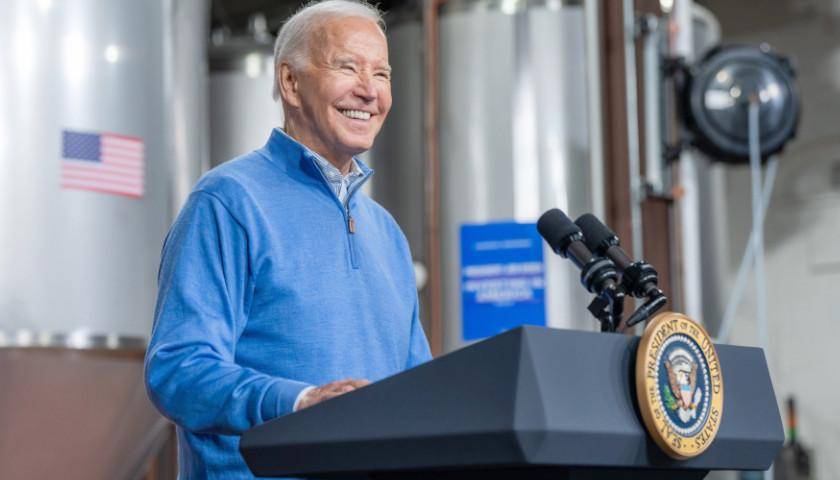Inflation ticked down slightly year-over-year in April but still remained high as rising prices continue to take a toll on average Americans’ finances, according to the latest Bureau of Labor Statistics (BLS) release on Tuesday.
The consumer price index (CPI), a broad measure of the prices of everyday goods, increased 3.4% on an annual basis in April and 0.3% month-over-month, compared to 3.5% in March, according to the BLS. Core CPI, which excludes the volatile categories of energy and food, remained higher, rising 3.6% year-over-year in April, compared to 3.8% in February.
Read More








